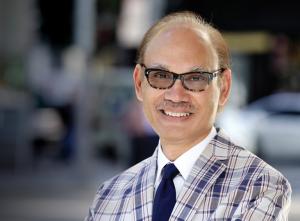Future of Rate Design
Ahmad Faruqui is a principal with The Brattle Group. He has worked for more than 140 clients on five continents and authored more than a hundred articles, papers, and books on energy economics.
Rate design is on the cusp of a revolution, brought on by the introduction of smart digital technologies, the advent of the prosumer generation, and the rollout of smart meters.

From the beginning of the electricity industry in the late nineteenth century, the standard rate for residential and small commercial and industrial customers was a flat volumetric charge, coupled in some cases with a small customer charge. The standard rate for larger commercial and industrial customers was a rate with a non-coincident or coincident demand charge and a flat volumetric charge, coupled with a customer charge. Such rate structures can be classified as Rate Design 1.0.
California's energy crisis in 2001/2002 triggered interest in time-varying rates as a means of connecting retail and wholesale markets. Smart meters began to be deployed in large numbers. At the end of 2016, seventy-one million had been deployed, representing about half of the hundred and fifty million electricity customers in the U.S. Time-varying rates are sometimes coupled with a customer charge, but rarely with a demand charge. These structures can be classified as Rate Design 2.0.

